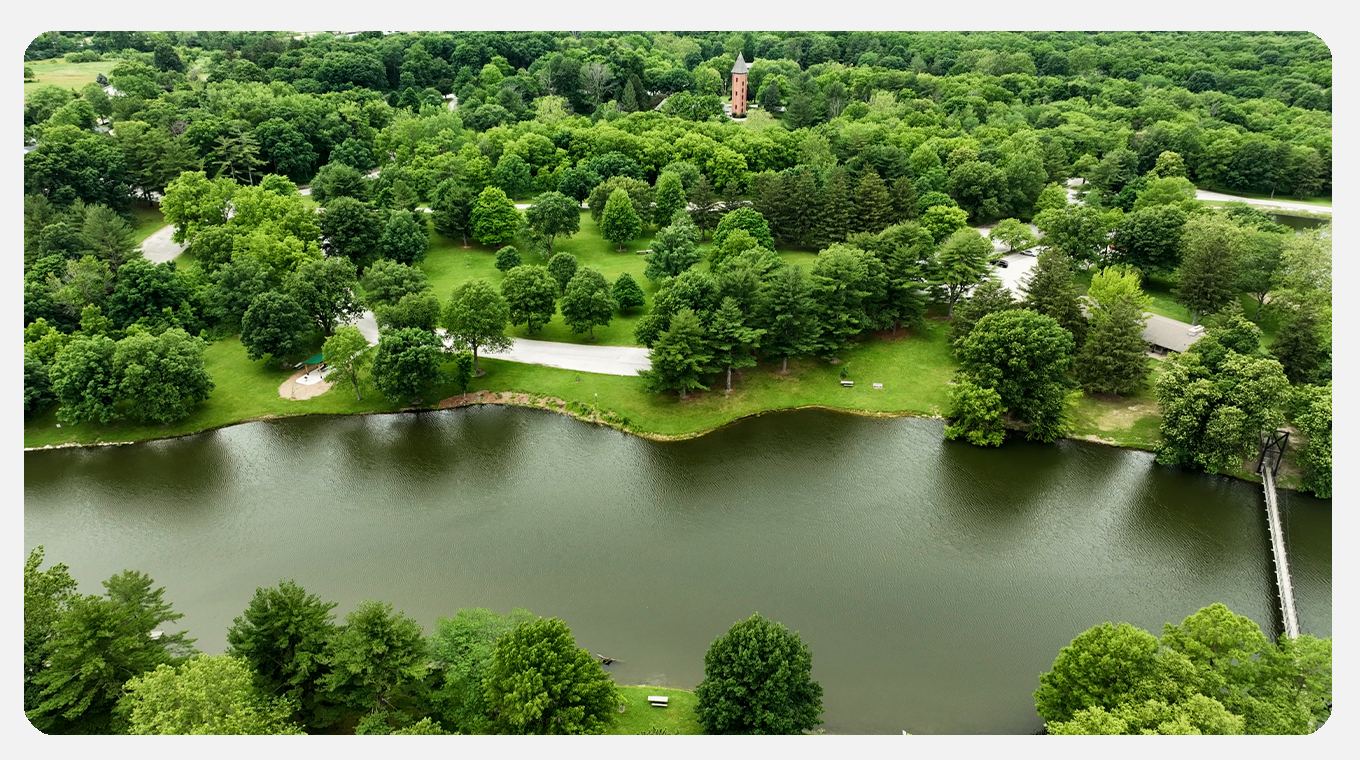Create a Pollinator Pocket: How to Nurture Pollinators in Your Yard

This week on Mid-American Gardener, we’re out at Lake of the Woods Forest Preserve with Rusty Maulding to talk about all things “pollinator pockets,” focusing on native plants. Rusty shares his favorite varieties of perennials and native plants to attract pollinators, emphasizing the importance of selecting a diverse mix of plants with different blooming times to provide food for pollinators throughout the season. Plant selection and placement can be tricky, but it’s important to consider sun exposure, drought tolerance, and how much a plant will grow or “fill in” over the years. We also discuss the importance of getting rid of invasive weeds before planting a pollinator bed and the problems with using weed fabric.


Rusty explains that it’s completely normal for plants to fail; it even happens to the experts! He suggests putting a few self-seeding plants in your garden beds to help fill in the gaps and to try a new plant when the opportunity arises. If you struggle with garden pests, Rusty and his team at Lake of the Woods have found that rotating deer and rabbit repellent mixtures is the best way to prevent animals from getting used to scents.
Gardening is all about trial and error, but with lots of patience, you’ll have a beautiful garden that also supports local ecosystems.


Pollinator Designs
Are you ready to do your part for the pollinators but unsure where to start? Use these designs created by Illinois Extension to plant your own Pollinator Pocket!
The designs address a variety of sun and moisture conditions. They fit into a roughly 4' x 6' oval organized for viewing from all sides. The blooming periods were selected to provide an all-season color. These native plants are available from a variety of sources.
Sun-Mixed Native and Non-Native Medium Moisture - This design reflects a sunny environment with full to partial sun and a mixed moisture level.
Sun-Dry - This design reflects a sunny environment with full to partial sun and dry conditions.
Sun-Moist to Wet - This design reflects a sunny environment full to partial sun and wet conditions.
Shade-Medium Moisture - This design reflects a woodland environment with dappled shade and a mixed moisture level.
For more pollinator recommendations, check out this brochure from Illinois Extension and view their Pollinator Pocket Map to marvel at all the habitats YOU have created!




Resources:



